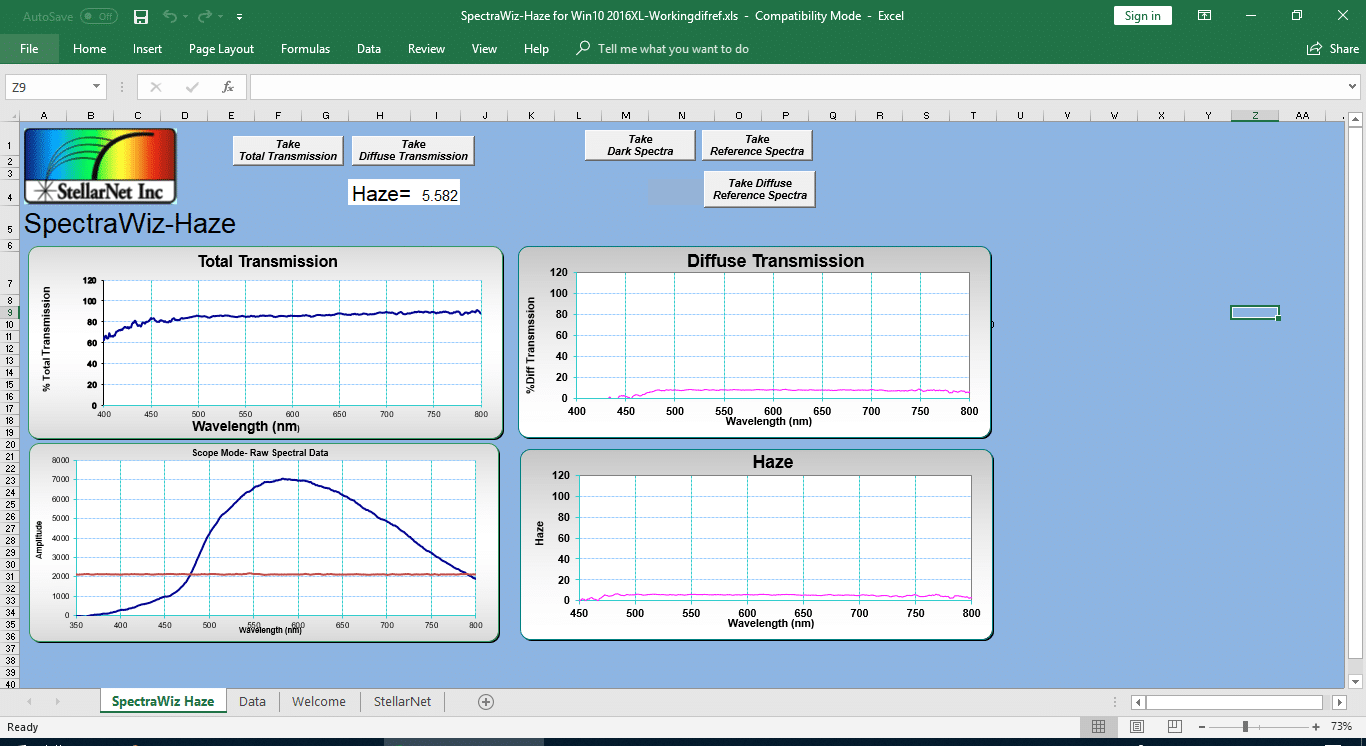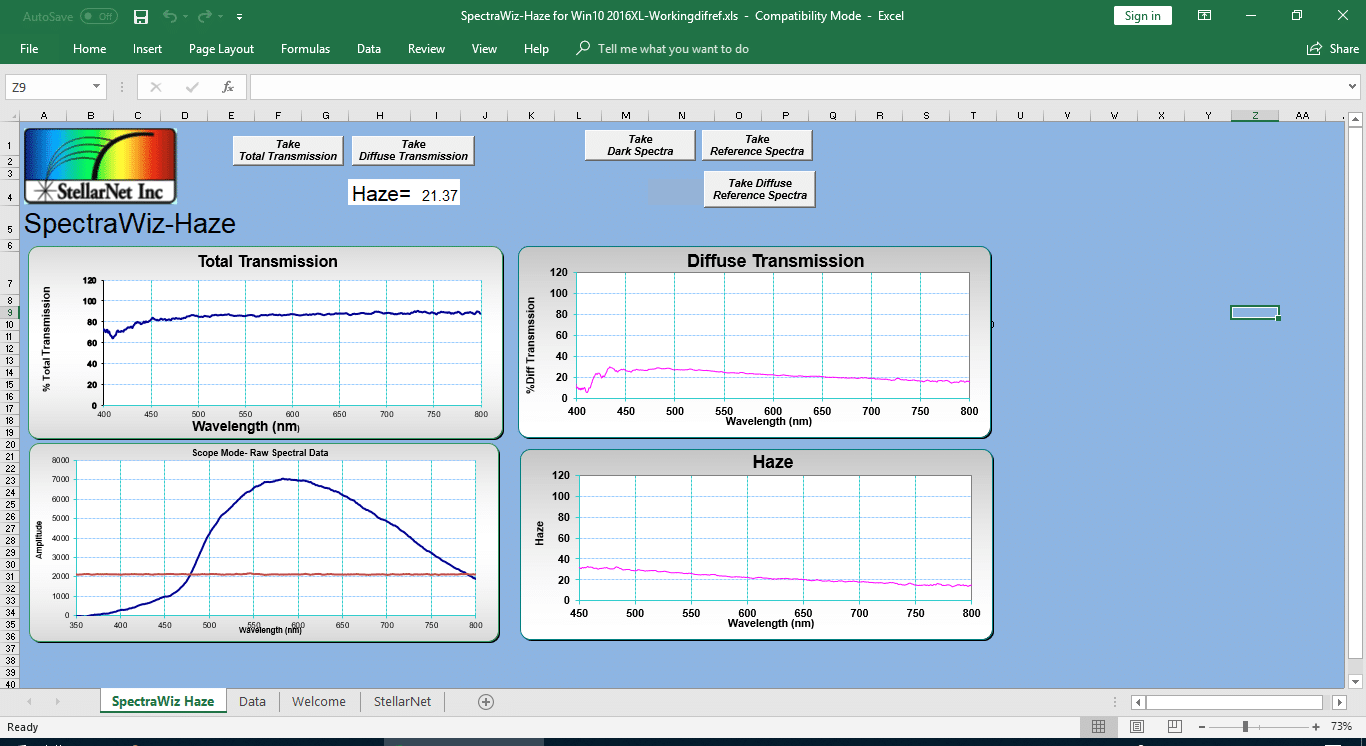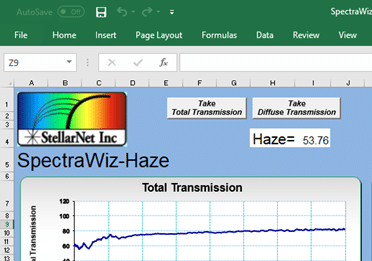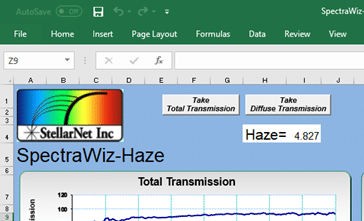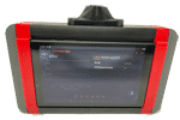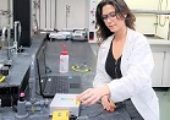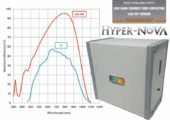
Haze Applications
– Plastic packaging and films
– Displays and touchscreens
– Windows (auto & aero)
– Liquid beverages
– Diffusers for lighting
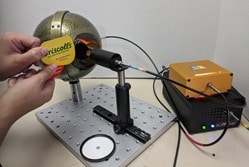
Light may be scattered by particles suspended in the substance, such as pigment particles or contaminants, or by an imperfect surface caused by dirt, oil, or a fine texture.
PLASTIC PACKAGING FOR FOODS
The fresh fruits of summer are defined by their bright colors. However, the haze quality of container packaging can dull those colors for the consumer, leading to a potential loss in sales. In this example, fresh strawberries and blueberries, packaged in clear plastic containers from different manufacturers reveals exactly why those strawberries look so tasty!

LIQUID BEVERAGE HAZE
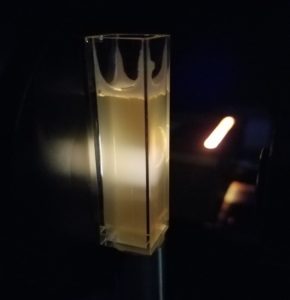 Tea, Beer, Water and other mass produced drinks use on the “cloudiness” of the product to communicate certain attributes of quality to the consumer. In beer, for example, lagers and ales should be clear while a hefeweisen or wheat beers are expected to be a bit cloudy.
Tea, Beer, Water and other mass produced drinks use on the “cloudiness” of the product to communicate certain attributes of quality to the consumer. In beer, for example, lagers and ales should be clear while a hefeweisen or wheat beers are expected to be a bit cloudy.
In our example, the peach drink appears quite clear to the eye, while the coconut drink appears cloudy, like lemonade. By using a cuvette similar to the one shown the cloudiness, or haze, of the actual liquid can be measured easily and quickly.

DISPLAYS, SCREENS, AND WINDOWS
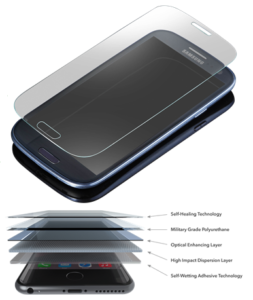 Touch-sensitive display screens and optical windows are complex and high-tech; even the screen protectors placed on the screens have approximately five different layers of materials. They key design factor in both the display and the protector is transparency.
Touch-sensitive display screens and optical windows are complex and high-tech; even the screen protectors placed on the screens have approximately five different layers of materials. They key design factor in both the display and the protector is transparency.
The crisper the image, the more valuable the device. Haze measurements can monitor the quality of materials in production, and assist research teams in analyzing new materials and methods of design.
The haze of several over-the-counter screen protectors were also measured and the results were from 2-8%. The closer the value is to 0%, the less light is scattered travelling through the median.
DIFFUSERS FOR LIGHTING
Light scientists and developers of new luminaries often use optical diffusers to spread the light emitting from the bulb or LED in order to have specific affect. LEDs are often directional and have visible “hot spots”. Using an optical diffuser with a known Haze allows the lighting designer to remove all the hot spots and uniformly illuminate the room or space without losing too much signal.
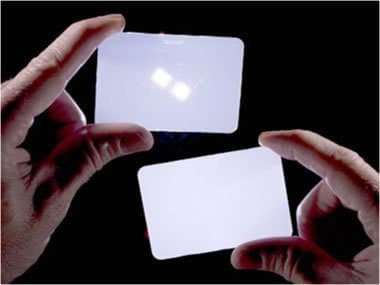
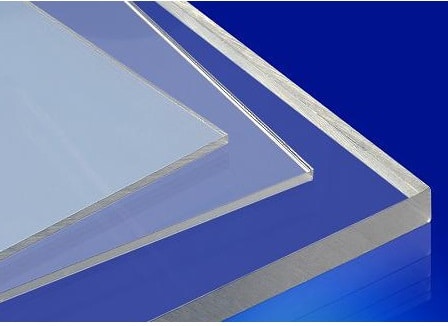
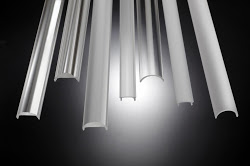
HAZE ISSUES? What to consider in a haze measurement system
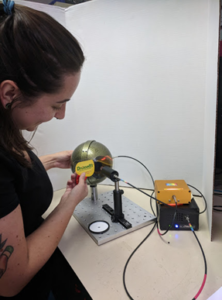 In the past, haze measurement systems have been expensive pieces of individual equipment, typically purchased only by industries whose products had required guidelines for haze. Strict quality standards for products such as optical components for the aerospace and space programs required manufacturers to purchase these measurement systems as a dedicated piece of quality control systems, used for nothing else other than QC.
In the past, haze measurement systems have been expensive pieces of individual equipment, typically purchased only by industries whose products had required guidelines for haze. Strict quality standards for products such as optical components for the aerospace and space programs required manufacturers to purchase these measurement systems as a dedicated piece of quality control systems, used for nothing else other than QC.
StellarNet’s Haze system is the same high quality of a QC system, yet about half the price of a dedicated ‘box’ product. The system consistently measures within 1% of the ASTM standards. Additionally, because of its modular nature, the system can also be used for a number of different measurement techniques in addition to haze such as total transmission, color, radiometry, and even chemical absorbance!
The StellarNet haze measurement system is a simple-to-use, modular design consisting of (1) a light source, (2) an integrating sphere, (3) the spectrometer and (4) the specialized software for haze measurement calculation. The operation of the system takes only a few minutes to learn, comes with a complete set of set up procedures, and calibrated ASTM standards are available.

